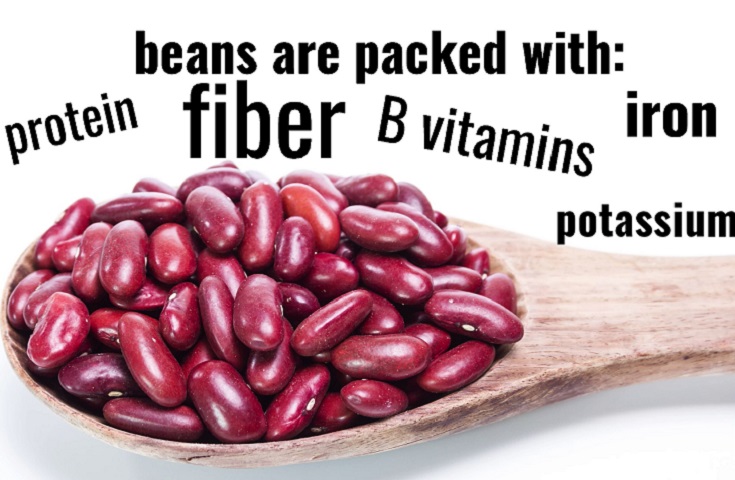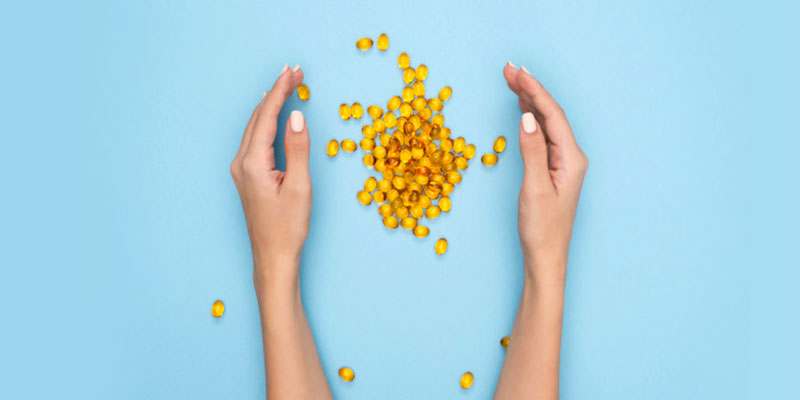Health Benefits of Kidney Beans

Overview
Red kidney beans, or rajma as we Indians know it, originally came to India from Central America. From Mexican burritos to our very own rajma-chawal, today organic red kidney beans are consumed globally – and for good reasons too!
They are an excellent source of protein, are filling, easy to prepare and very low in fat. All these help in proper functioning of the body. Rajma is best eaten with another carb like rice or flatbread. Rajma is a variety of kidney beans. Some of the best Rajma is said to be grown in the Nepal hills, north Indian state of Himachal Pradesh and in the state of Jammu and Kashmir.
Avertisement
Different Types of Rajma
1. Red Rajma (red kidney beans)
They are dark red in colour and these hold their shape after cooking and they absorb the flavours well.
2. Black Rajma
The shape and size are the same as red ones, only difference is the color. But these are not the same as black beans.
3. Kasmiri Rajma (Jammu rajma)
They have the same colour as red rajma but it is smaller in size. They cook faster due to it’s size. It’s use is prevalent in the Himalayan region.
4. White Rajma
This type of rajma, white in color is mainly used in Italian cooking. This is not a common cooking practice in India.
5. Chitra Rajma
Widely used in Kashmiri cuisine, it is off white in color and has red spots. Once they get cooked, they become softer.
Avertisement
Health Benefits of Rajma
1. Rajma may help Prevent Diabetes
Indians are genetically prone to type-2 diabetes. Organic rajma is a healthy food especially if you are diabetic, because red kidney beans have low Glycemic Index (GI) foods, containing lean proteins, some carbs, and very little fat. This combo makes them ideal for controlling blood sugar. Other similar low GI foods include chickpeas, lentil soup (dal), peas and baked beans. Rajma is also abundant in two amino acids, arginine and leucine, which help control insulin levels.
2. Rajma can Help Lower Cholesterol Levels
There are 2 types of fiber: soluble and insoluble. The latter is found in whole grains, fruits and vegetables and eases constipation. Soluble fibre, present in rajma, forms a gel and binds cholesterol, preventing it from being re-absorbed into your bloodstream. So eating rajma regularly will lower your blood cholesterol and blood glucose levels too.
3. Rajma can Lower High Blood Pressure
Besides being a soluble fiber and protein-rich, rajma is a good source of potassium and magnesium. It expands the arteries and vessels and ensure smooth blood flow. Hence these are both great for normalizing blood pressure. This along with lowering cholesterol makes rajma a heart-healthy food.
4. Rajma can Help in Weight Loss
Rajma is very filling and because of all that fibre, it makes you feel full for longer period of time. Plus it is low fat, making it an ideal pre-workout food providing you with plenty of energy while you burn excess body fat. If you are on your weight loss journey, then swap white rice with brown rice as it will give you less fat and more niacin.
5. Rajma can Build Immunity
What most people forget is that rajma is not only full of protein and fiber, but also they also have antioxidants that boost our immune system, protect us from harmful free-radical damage, possessing anti-cancer and anti-aging properties. So incorporate rajma in your daily diet in the right quantities to have immunity against diseases.
Avertisement
Nutritional Facts of Rajma
If you are a fitness freak, you may think how healthy are red kidney beans???? Here’s the nutrition information of 100 g of cooked Rajma (boiled with salt):
- Calories: 340
- Protein: 24g
- Carbohydrates: 56g
- Fat: 1 g
- Fiber: 18 g
- Iron: 29% DV (2000 calorie diet).
- Magnesium: 184 mg
- Potassium: 720 mg
- Sodium: 422 mg
- Omega-3: 0.36 g
- Omega-6: 0.22 g
- No Trans Fat
- No Cholesterol
- Water: 67 %
Avertisement
Frequently Asked Questions about Rajma
1. Can you eat rajma daily?
Ans: Rajma or kidney beans, ia harmful when you consume it raw or under cooked. In fact, it may still be harmful when it is cooked at a temperature that’s lesser than 100 degree Celsius. However, it is safe when properly cooked.
2. How to make rajma?
Ans: Rinse and soak rajma for 8 hours in lot of water. Discard the water and rinse them well. Cook them in a pot or pressure cook until soft but not mushy. Regular pressure cooker – 4 whistles on a medium flame. Instant pot – pressure cook on high pressure for 18 mins.
3. Does rajma cause gas?
Ans: It is probably because of the gaseous build-up in your tummy. Beans contain a lot of raffinose, a complex sugar which the body finds hard to digest. This is the reason that you feel bloated after having rajma chawal.
Avertisement
Conclusion
Rajma is a powerhouse of nutrition. For vegetarians, it is an excellent substitute for meat. It promotes good health and possesses numerous disease-fighting antioxidants. Enjoy your rajma the way you like it baked, boiled or mashed, all of them will stack up your body with amazing health benefits.




Responses